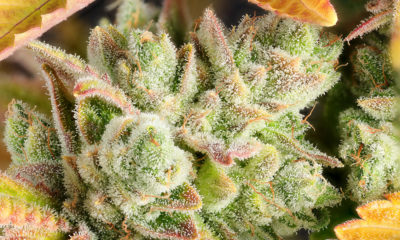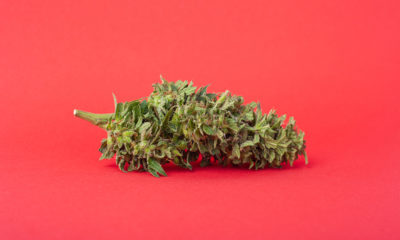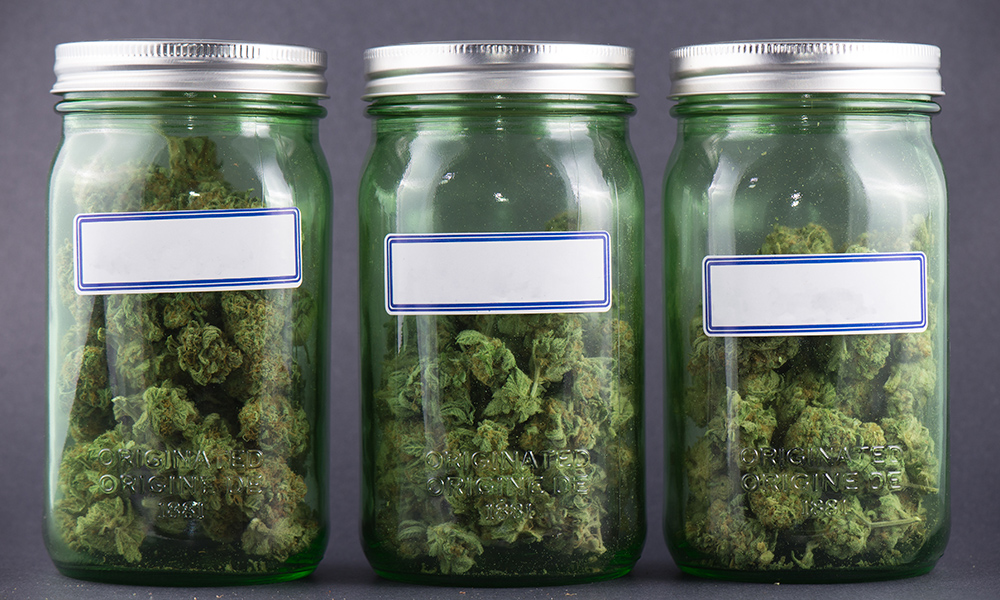
Strains
A Guide to the Evolution of Cannabis Strains
A quick but comprehensive primer on cannabis strains: how they’ve evolved, how they’re named and the role of seed banks.
The discussion of cannabis strains has evolved to a point where it can feel like an entirely foreign language. While most consumers are familiar with the bedrock categories of sativa, indica and hybrids, concepts like minor cannabinoids and terpene profiles have expanded the conversation dramatically. Additionally, the sheer volume of strains on the market today can make the experience of selecting the best option for your needs feel downright overwhelming. Fortunately, getting a better grasp on exactly what makes a strain a strain can be as simple as taking a quick journey through history and understanding the evolution of cannabis strains.
To start, let’s take a closer look at the aforementioned bedrock strains.
A Botanist’s Desire: The Origins of Indica and Sativa
While mainstream cannabis culture has long relied on sativa, indica and hybrids to define a given strain, these terms are largely considered outdated. For many years, common wisdom suggested that sativas offered a more cerebral high while indicas, by contrast, would put consumers “in da couch,” courtesy of a body high. Hybrids, by extension, offered varying combinations of the two.
This line of thinking can be traced back to the mid-1700s, where the terms indica and sativa were separately established as cannabis subspecies by Swedish botanist Carl Linneaus and French biologist Jean-Baptiste Lamarck. Though far less prevalent, it should also be noted that a third subspecies, ruderalis, was identified by Russian botanist Dmitrij Janischewsky in 1930. Owing to the murky taxonomy of cannabis—a situation undoubtedly exacerbated by the fact that cannabis was illegal in most of the world until recently—indica and sativa caught on while ruderalis became more of a historical footnote.
What’s important to understand is that these terms are botanical in nature, not pharmacological. Rather than telling us about the potential effects that come with consuming a sativa or indica, these categories speak to the shape and size of a given cannabis plant’s leaves and the fiber they produce. In short, these concepts remain helpful to cultivators but do little to give consumers a clear picture of what they can expect to experience.
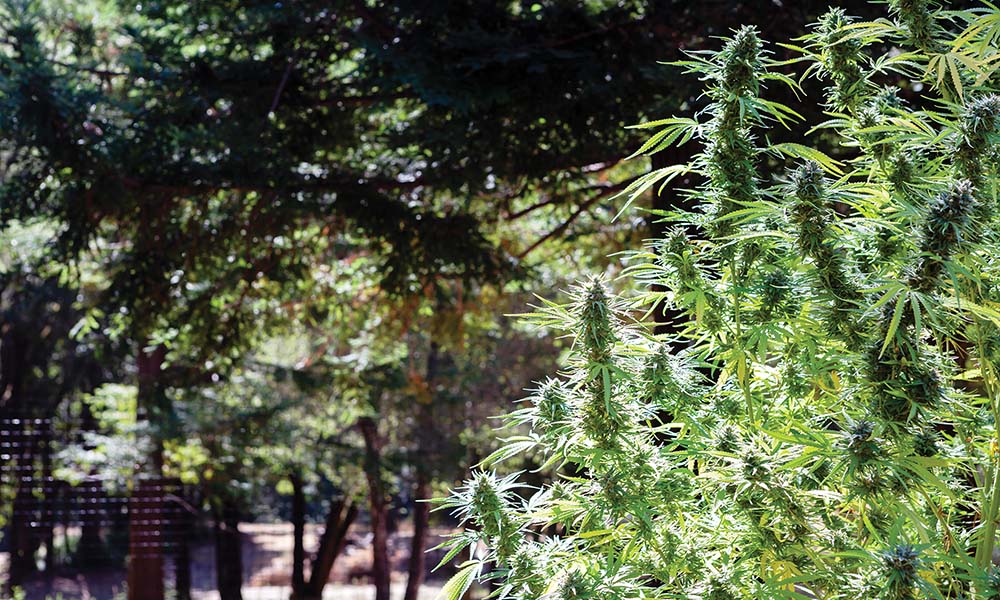
All Crossed Up: Hybrids and Cannabis Naming Conventions
Fast forward to the 1960s, and the evolution of cannabis brings us to the onset of modern genetics.
As demand for cannabis in the US continued to grow, the longer flowering cycle required of the pure sativas grown and transported from Mexico and the Caribbean caused a lack of supply. In search of a solution, California cannabis breeders began crossing these sativas with indicas native to Nepal and Afghanistan, hoping to create strains that offered the quicker flowering cycle of the latter with the higher potency of the former. Their success would ultimately establish California’s position as a capital for world-class cannabis while also kicking off a hybrid cultivating craze that continues to this day.
Naming conventions for cannabis strains can also be pegged to this milestone moment.
Prior to the 1970s, strains were usually named for the geographic region in which they originated. Also known as landrace strains, this straightforward process resulted in mainstays like Panama Red, Afghan Kush, and Acapulco Gold. From there, these strains were crossed, and then those crosses were crossed, and so forth. As a means of establishing lineage, subsequent strains were named to reflect the “parent” strains of a given hybrid.
Today, however, strain names are inspired by a variety of factors. In some cases, the name may speak to the strain’s effects, while others may highlight a given strain’s notable coloring, trichome density or aroma. And then there are strains named for pop culture figures, cannabis icons, and in some cases, just whatever the breeder in question felt like using. As a result, while some names can tell us a lot about a given strain—though even that can vary from market to market—going off name alone is not always a reliable metric.
Instead, most budtenders will likely tell you about a strain’s terpene profile and featured cannabinoids. Unlike strain names, knowing the amount and type of terpenes and cannabinoids a strain contains is an excellent method for determining which options will work best for you.
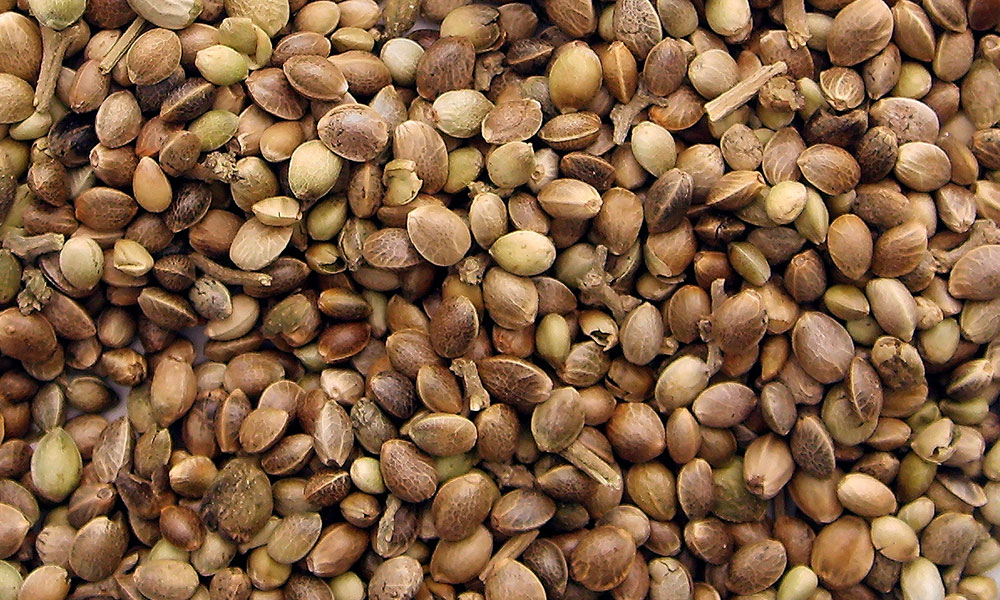
Safe Keeping: The Importance of Seed Banks
As cannabis breeding continues to diversify the strain pool, it’s never been more important to ensure that cultivators have access to the seeds that make it all possible. Thankfully, we have seed banks.
Seed banks are businesses that specialize in storing and selling cannabis seeds. With many showcasing incredibly robust inventories, seed banks can be seen as a kind of living library for the flower’s genetics, featuring both classic options as well as the latest and greatest.
In addition, seed banks will often feminize the seeds they sell—an incredibly important facet of the process considering it’s only the female cannabis plant that can produce the buds we know and love. Some seed banks also offer what’s known as auto-flowering seeds, which some growers may prefer as the resulting plants mature quickly and produce maximum yields.
Lastly, it’s important to note that as the evolution of cannabis continues, the story of strains is still being written. As advances in genetic mapping continue to evolve, it’s possible our understanding of strains will dramatically expand in the months and years to come. But for now, with the above information in mind, you should feel fully empowered to begin your own strain quest in search of the perfect match.












